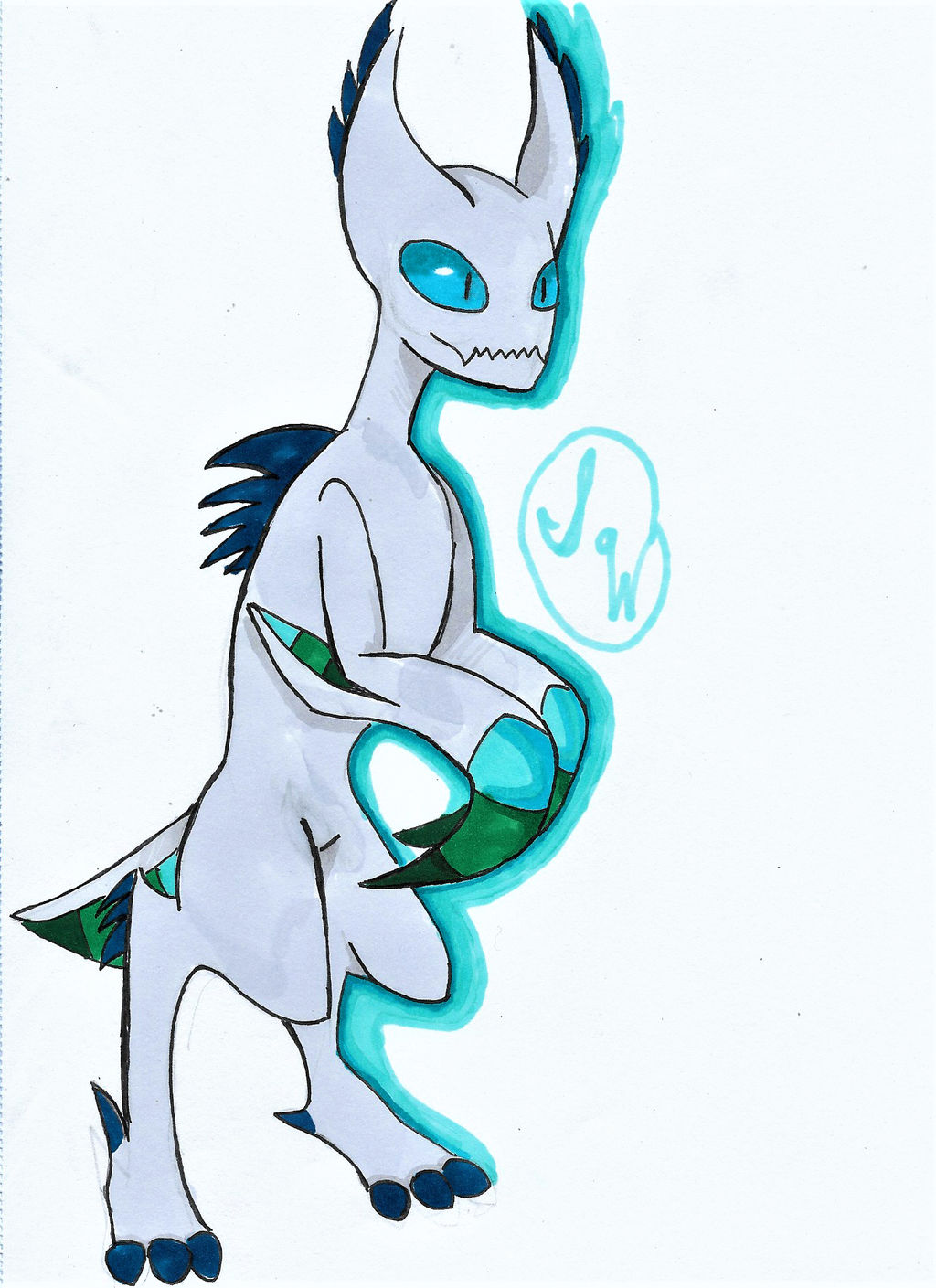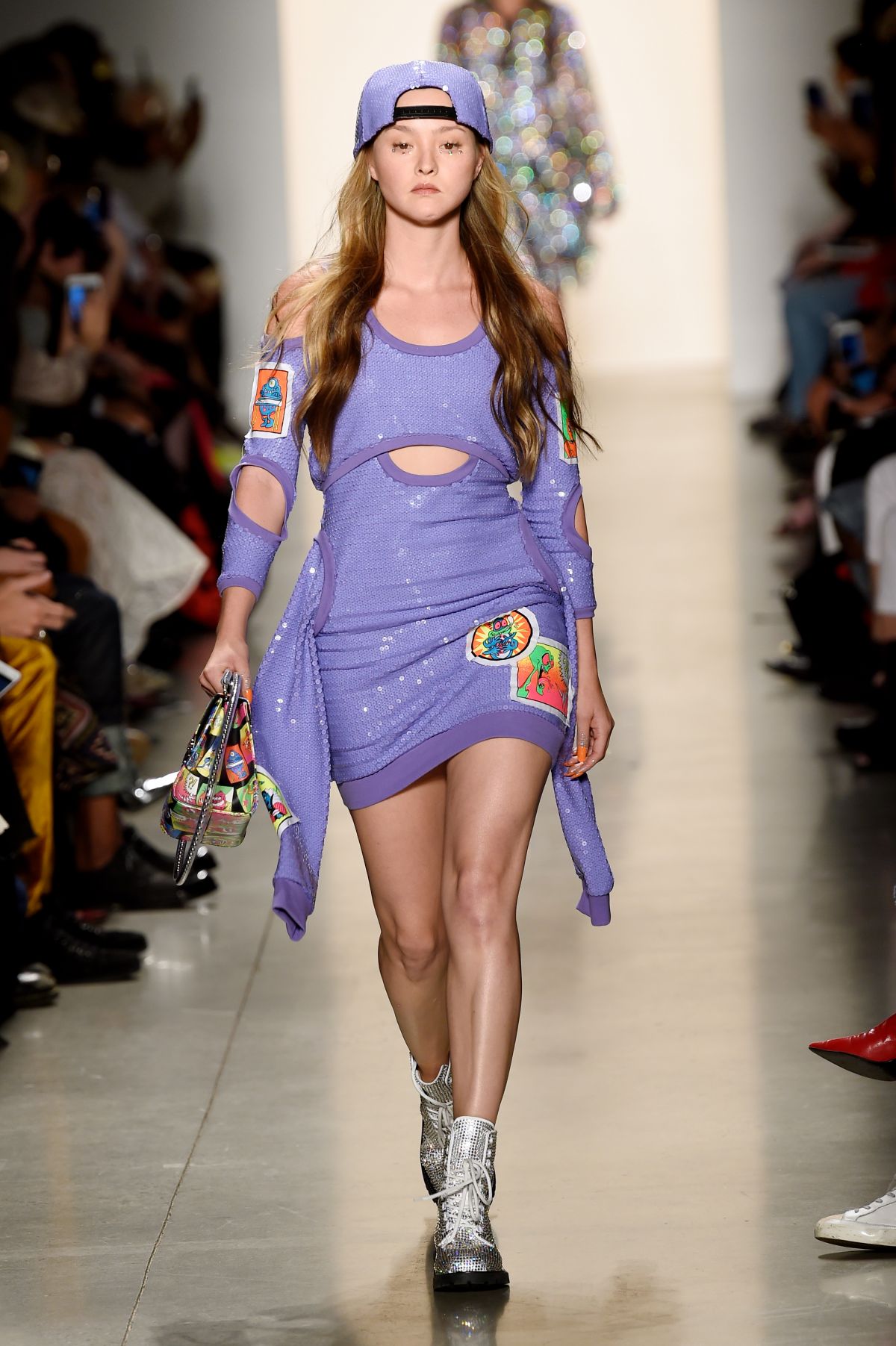Is it possible to redefine the boundaries of content creation in the digital age? In a daring move, one female YouTuber has not only pushed those boundaries but seemingly shattered them, sparking both fascination and controversy with a unique approach to content that involves a full-body makeover and home cleaning.
The emergence of this unusual content creator, who goes by the name Aoki Body Art, has captivated audiences and ignited a heated debate surrounding the limits of artistic expression and the evolving standards of online platforms. Her channel features videos of her cleaning her home while adorned in intricate body paint, often in a state of undress. The videos have quickly gone viral, amassing millions of views and prompting a wide range of reactions, from admiration for the artistic skill and aesthetic appeal to questions about the content's appropriateness and potential violations of platform guidelines.
| Category | Details |
|---|---|
| Name | Aoki Body Art |
| Known For | YouTube content featuring body paint and home cleaning. |
| Platform Presence | YouTube, Facebook, Linktree |
| Artistic Style | Body painting, with an emphasis on detailed designs. |
| Content Type | Home cleaning videos with the artist adorned in body paint. |
| Noteworthy Aspect | Content has pushed boundaries of what is acceptable on video sharing platforms. |
| Controversy | Content may violate the platform guidelines of video sharing platforms. |
| Reference Website | Linktree |
The success of Aoki Body Art's channel is a testament to the changing landscape of online content creation. In a world saturated with information and entertainment, creators are constantly seeking novel ways to capture attention and distinguish themselves from the competition. Aoki's approach, combining artistic expression with everyday activities, has proven to be a winning formula, at least in terms of generating views and engagement. Her ability to blend the realms of art, performance, and domesticity into a single, visually striking package has resonated with a significant audience, making her channel a must-watch for many.
The visual aesthetic of the videos is undoubtedly a major draw. The intricate body paint designs, which often cover the entire body, transform Aoki into a living work of art. The meticulous detail and creativity of the designs are evident, showcasing a high level of skill and dedication. The juxtaposition of this artistic display with the mundane task of cleaning creates a compelling visual contrast, adding an element of surprise and intrigue to the videos. The use of color, form, and composition in the body paint further enhances the overall aesthetic appeal, making each video a feast for the eyes.
However, the nature of the content, particularly the near-nude or nude presentation, has raised questions about its appropriateness and adherence to the terms of service of major video-sharing platforms. The platform's policies on nudity and sexually suggestive content are often strictly enforced, and any violation can lead to the removal of videos or even the suspension of a channel. In Aoki's case, the videos appear to have circumvented these restrictions, prompting speculation about the specific criteria used by the platform's moderation teams and the nuances of artistic expression versus explicit content. Many commentators online have expressed surprise that the videos remain available, questioning the platform's standards.
The debate surrounding Aoki Body Art's content reflects a broader conversation about censorship, artistic freedom, and the role of online platforms in regulating the content that users create and consume. On one hand, advocates of artistic freedom argue that platforms should not censor or restrict creative expression, even if it challenges conventional norms or offends some viewers. They believe that artists should have the right to explore their creativity without fear of censorship, and that platforms should respect the autonomy of content creators. On the other hand, those who support stricter content moderation argue that platforms have a responsibility to protect their users, particularly minors, from harmful or inappropriate content. They believe that platforms should enforce clear guidelines and take action against content that violates those guidelines, even if it means removing artistic works.
The issue is further complicated by the subjective nature of what constitutes art and what crosses the line into explicit content. What one person considers art, another may perceive as offensive or exploitative. The absence of universally agreed-upon standards makes it challenging for platforms to strike the right balance between protecting user safety and respecting artistic freedom. Furthermore, the definition of artistic expression can be fluid, and some creators use unconventional methods to challenge societal norms and explore complex themes. This blurring of boundaries adds to the complexities of content moderation.
The impact of Aoki Body Art's channel extends beyond the realm of entertainment and art. It has sparked discussions about body image, self-expression, and the evolving role of women in the digital age. Aoki's willingness to embrace her body and showcase it in a creative and unconventional manner has resonated with some viewers, empowering them to express themselves and challenge societal expectations. Her work, in some ways, is a rebellion against conventional standards of beauty and a celebration of the female form.
The channel's success raises broader questions about the monetization of artistic content and the ethical considerations that content creators face. Many content creators rely on advertising revenue or sponsorships to support their work, and the nature of their content can influence their earning potential. Aoki's unique approach has proven successful in terms of attracting views and engagement, but it may also have implications for her ability to secure brand partnerships or participate in certain advertising programs. This raises questions about the economic viability of unconventional content and the challenges that creators face in navigating the complex landscape of online monetization.
Aoki Body Art is not alone in her approach to content creation. She is part of a growing trend of artists and creators who are experimenting with unconventional formats and pushing the boundaries of what is considered acceptable on online platforms. This trend reflects a broader shift in the media landscape, where traditional gatekeepers are losing control and audiences have more agency in determining what content they consume. The rise of independent creators has led to a diversification of content and a greater emphasis on authenticity and self-expression.
The popularity of Aoki Body Art's channel offers valuable insights into the dynamics of online platforms and the evolving relationship between creators and their audiences. It reveals the power of visual aesthetics, the allure of novelty, and the ongoing debate over content moderation and artistic freedom. As the digital landscape continues to evolve, it is likely that we will see more creators experimenting with unconventional formats and challenging traditional norms, further blurring the lines between art, entertainment, and social commentary.
The ongoing success and continued availability of Aoki's videos suggests that platforms may be adapting to these changes and reassessing their standards. The continued popularity of the channel underscores the desire for audiences to engage with authentic and visually stimulating content, even if it challenges conventions. Ultimately, the story of Aoki Body Art is a reflection of the ongoing transformations within digital content and an illustration of how creators can leverage creative expression, while navigating the complexities of the online world.
The channel's presence on platforms like Facebook and Linktree also highlights the importance of diverse online strategies. Linktree is a tool that acts as a hub, directing viewers to all of the creator's content, including their OnlyFans account, Facebook, and other social media. This tactic demonstrates the creators' recognition that success depends on extending their reach across different platforms. In the increasingly crowded world of online content creation, such multi-platform strategies can be essential.



